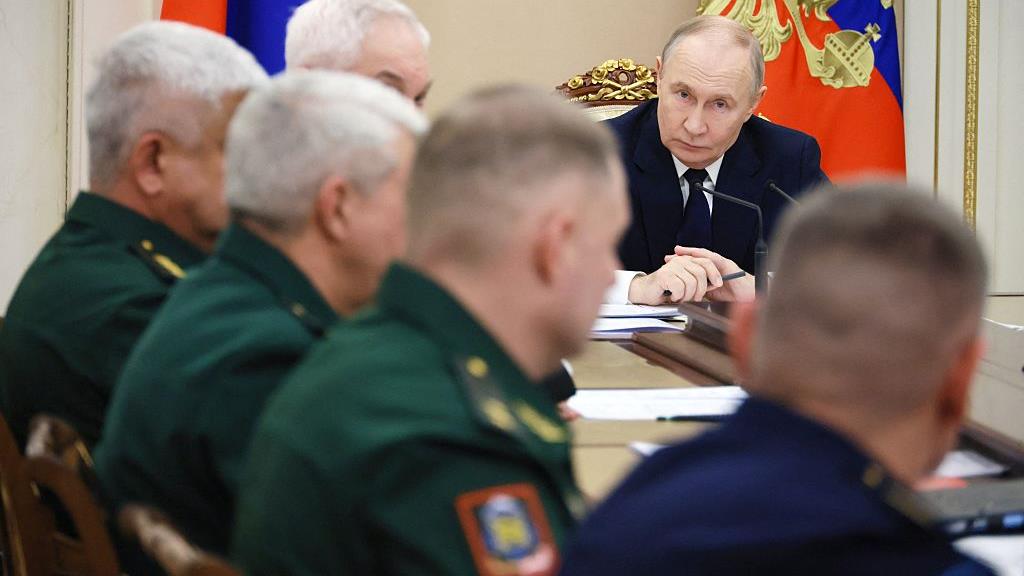
This article is more than
10 year old“These negotiations are being carried out, the road has been paved.
“The order book, discussed today, [reflects] the needs of Tehran and amounts to some $10 billion,” the head of the defense and security committee of the Russian upper house of parliament, Viktor Ozerov, told reporters on Monday during a parliamentary visit to Iran, as cited by TASS news agency.
He said the arms in question include T-90 tanks, artillery systems, and various aircraft. He added that the sides did not discuss a one-time delivery – rather a number of deliveries over years.
Ozerov also noted that until 2020, deliveries can only be made with the consent of the UN Security Council. The arms in question fall under a UN moratorium on Iran obtaining weapons, in force through October 2020. This means that if Tehran and another country agree on the supply of such products, either Tehran or the other country must seek permission for it at the UN Security Council. Ozerov noted that formally sanctions against Iran had been lifted, which made it possible for Russia to allow the delivery of S-300 air defense missile systems to the country in October.
“In the same [UNSC] resolution it’s been outlined that the supply of armored vehicles, artillery systems, planes and combat helicopters can occur before 2020 with permission of the UN Security Council,” he said, adding that even though Moscow expects the United States and other Council members to object to these deliveries, Russia and Iran will continue their discussions on the matter, and if nothing else works, will simply return to the issue in October 2020 “when the legal [limitations] will be removed.”
READ MORE: Russia plans to finish expansion of Iran’s main nuclear plant by 2019
Russia completed the delivery of S-300 air defense missile systems to Iran less than two months ago, after it had to freeze the contract back in 2010 under pressure from the West. Russia initially linked the decision to suspend the deal with UN sanctions instituted over Tehran’s nuclear program. But Russian President Vladimir Putin lifted the suspension in July 2015, following Iran’s deal with major world powers. The deal curbed its nuclear program in exchange for relief from international embargoes and sanctions. The first parts of S-300, missile tubes and radar equipment, were shipped to Iran back in April 2016. The S-300 anti-aircraft missile system family is considered one of the most powerful air defense systems in the world, capable of destroying ballistic and aerodynamic targets, designed to protect large industrial and administrative facilities, military bases and command posts from the air and space attacks.
Ozerov said on Monday that all the S-300s that had been shipped to Iran will be put into operation by the year’s end.
“S-300 deliveries to Iran had [previously] been delayed because of the sanctions, [but] they are now completed, and by the end of this year all the equipment that we delivered will be put on combat duty,” Ozerov stressed.
Following the S-300 delivery, Iranian Chairman for the Committee for Foreign Policy and National Security Alaeddin Boroujerdi said cooperation in the military sphere between Russia and Iran will continue.
“The cooperation between Russia and Iran carries on, our armed forces continue to buy MI-17 helicopters from the Russian Federation, we also got the S-300 from Russia,” Boroujerdi said, as cited by Sputnik news agency.
There are more than 50 Russian-made helicopters in Iran today, the most popular being the MI-17. Iran is also interested in Russia’s Bastion mobile coastal defense missile system, equipped with supersonic Yakhont anti-ship missiles, Russia's latest S-400 Triumph anti-aircraft missile system, developed by Almaz-Antey, Russian fighter jets and other arms and equipment.